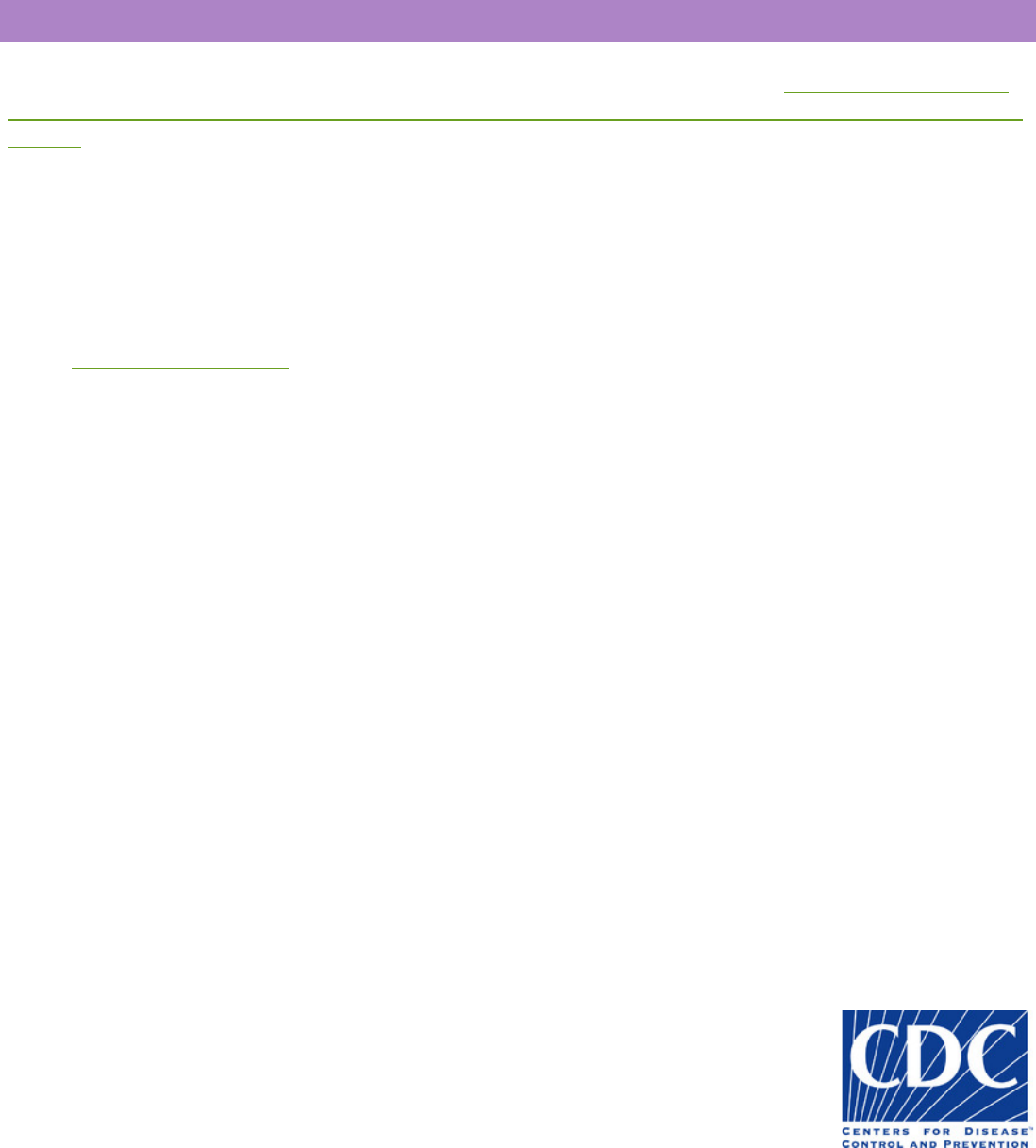
SI Chapter – Shelter Plus Care
Last updated December 16, 2019
COMPENDIUM OF EVIDENCE-BASED INTERVENTIONS AND BEST PRACTICES FOR HIV PREVENTION
SHELTER PLUS CARE
Evidence-Informed Structural Intervention
INTERVENTION DESCRIPTIO
N
Goals of Intervention
• Maintain safe and stable housing
• Improve CD4 count
• Increase viral load suppression
Target Population
• Homeless people with HIV/AIDS
Brief Description
Shelter Plus Care is a supportive housing program in Cincinnati, Ohio that provides rental
assistance and supportive services to homeless persons with HIV and their partners or
families. It is regulated and funded through the U.S. Department of Housing and Urban
Development (HUD), which consolidated Shelter Plus Care and other forms of housing
assistance into its Continuum of Care program. The program provides rental assistance for
permanent housing to participants who live in apartments of their own choosing in the
community. Supportive services are customized to meet each participant’s needs and goals,
and includes access to HIV medicine, adherence education, harm reduction interventions,
life-skills support, transportation, Medicaid and Supplemental Nutrition Assistance Program
(SNAP) application assistance, and employment support.
Theoretical Basis
None reported
Intervention Duration
• Participants may remain in the program as long as they continue to meet eligibility criteria and comply with
program requirements. Average length of stay in the program = 35.2 months (min/max: 3.2 – 108.1)
Intervention Setting
• Caracole, Inc.—a nonprofit AIDS Service Organization in Cincinnati, Ohio
Deliverer
• Case manager and housing specialist
Delivery Methods
• Rental assistance and supportive services
Structural Components
• Social determinants of health – Survival
o Provided rental assistance and supportive services

COMPENDIUM OF EVIDENCE-BASED INTERVENTIONS AND BEST PRACTICES FOR HIV PREVENTION
SI Chapter – Shelter Plus Care
Last updated December 16, 2019
INTERVENTION PACKAGE INFORMATION
An intervention package is not available at this time. Please contact Elizabeth A. Bowen,
School of Social Work, University at Buffalo, State University of New York, 685 Baldy Hall,
Buffalo, NY 14260.
Email: eabowen@buffalo.edu for details on intervention materials.
EVALUATION STUDY AND RESULTS
Study Location Information
The original evaluation study was conducted in Cincinnati, Ohio between 2008 and 2016.
Key Intervention Effects
• Increased CD4 counts
• Increased viral suppression
Recruitment Settings
• Caracole, Inc.—a nonprofit AIDS Service Organization in Cincinnati, Ohio
Eligibility Criteria
Homeless people living with HIV were included in the analyses if they entered the Shelter Plus Care program
between January 1, 2008 and June 30, 2016. The sampling frame was inclusive of participants who remained
in the program and those who exited the program during this time period. The analyses were conducted on
participants with a CD4 count and viral load recorded within last 12 months or within 12 months of discharge
from the program.
Study Sample
The study sample of 86 participants is characterized by the following:
• 78% male, 22% female
• 67% African American
• Mean age of 40.5 years
• 28% CD4 count > 500 cells/mm
3
at intake
• 66% viral load < 200 copies/mL at intake
• 64% reported a problem with substance use
• 62% reported a mental health condition
Assignment Method
• Not applicable
Comparison
A pre-post research design was used. Post-intervention data (e.g., participant data at program exit or most
recent time point in the database for participants who remained housed) were compared to baseline data
collected at program entry.
COMPENDIUM OF EVIDENCE-BASED INTERVENTIONS AND BEST PRACTICES FOR HIV PREVENTION
SI Chapter – Shelter Plus Care
Last updated December 16, 2019
Relevant Outcomes Measured
• CD4 count was measured at program exit or at the most recent time point and defined as having a “healthy
CD4 count” at >500 cells/mm3.
• Viral load was measured at program exit or at the most recent time point in the database for participants
who remained housed and defined as viral suppression at <200 copies/mL.
Participant Retention
Because participant retention is not a criterion for the Structural Interventions (SI) chapter, the Prevention
Research Synthesis project does not evaluate that information.
Significant Findings on Relevant Outcomes
• There was a significant change in percentage of participants with a healthy CD4 count from baseline to
program exit or most recent time point in the database for participants who remained housed (28% vs 45%,
McNemar χ
2
= 11.84, p < 0.01).
• The percentage of participants achieving viral suppression increased from 66% to 79% while in the program
(McNemar χ
2
= 4.84, p < 0.05).
Strengths
• None identified
Considerations
• Length of stay in the Shelter Plus Care program was significantly positively associated with viral suppression,
(M=37.9 months among virally suppressed vs. M=24.8 months among virally not suppressed, t = 1.66, df =
84, p < 0.05).
• Health insurance at intake was significantly positively associated with viral suppression (McNemar χ
2
= 5.73,
p < 0.05); however, prior incarceration was significantly negatively associated with viral suppression
(McNemar χ
2
= 6.18, p < 0.05).
Additional significant positive findings on non-relevant outcomes
• None reported
Non-significant findings on relevant outcomes
• None reported
Negative findings
• None reported
Other related findings
• None reported
Implementation-related findings
• None reported
Adverse events
• None reported

COMPENDIUM OF EVIDENCE-BASED INTERVENTIONS AND BEST PRACTICES FOR HIV PREVENTION
SI Chapter – Shelter Plus Care
Last updated December 16, 2019
Funding
The Shelter Plus Care program is funded through the U.S. Department of Housing and Urban Development.
The evaluation study was not funded.
REFERENCES AND CONTACT INFORMATION
Bowen, E. A., Canfield, J., Moore, S., Hines, M., Hartke, B., & Rademacher, C. (2017). Predictors of CD4 health
and viral suppression outcomes for formerly homeless people living with HIV/AIDS in scattered site supportive
housing. AIDS Care, 29, 1458-1462.
Researcher: Elizabeth A. Bowen, PhD
School of Social Work, University at Buffalo
State University of New York
685 Baldy Hall
Buffalo, NY 14260
Email: eabowen@buffalo.edu
